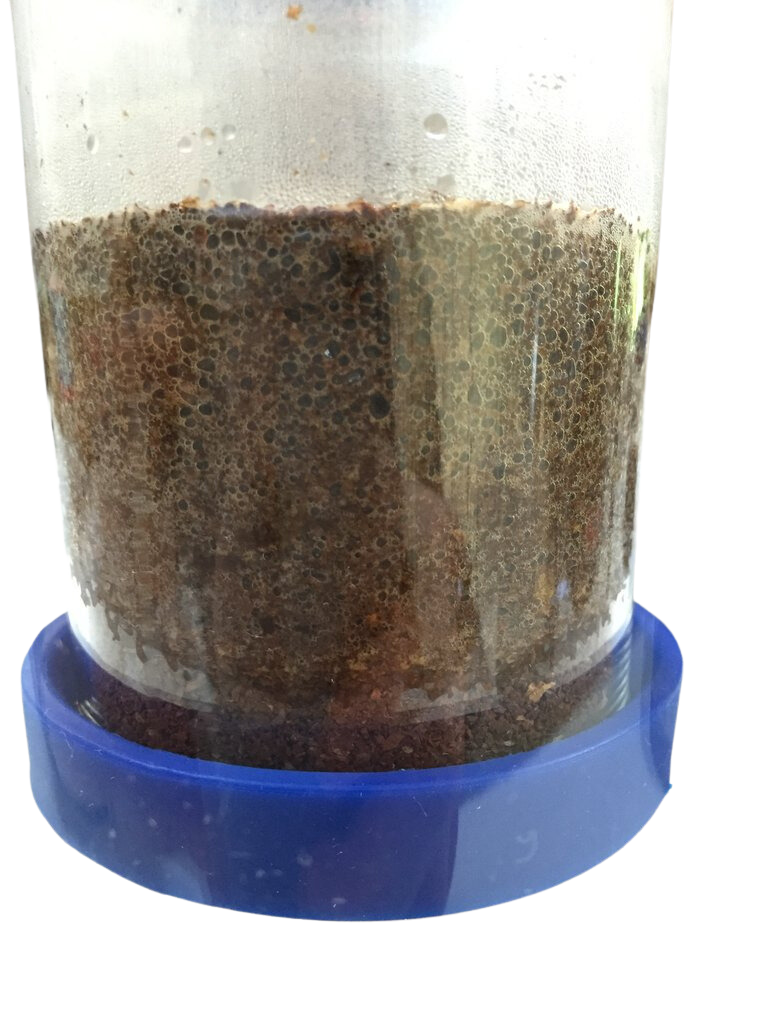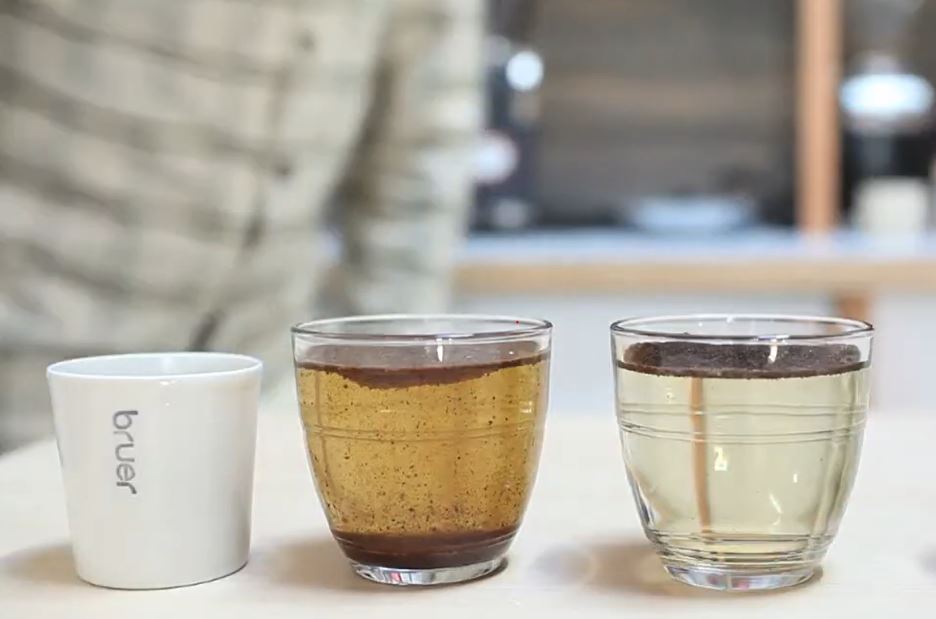

With many hot brewing methods, it is common to wet the ground coffee (often referred to as "blooming") with just enough water to saturate the grounds and let it sit for a short period of time. This helps prepare the coffee bed for a more even extraction by releasing trapped CO2 gas and wetting all of the ground coffee so that it can undergo a more uniform extraction.
We recommend doing the same when setting up Cold Bruer. However, we've typically only done the pre-wet with cold water... When it comes to Cold Brewing, the idea of doing a "Hot Bloom", using hot water for the pre-wet followed by cold water for the rest of the brew, has been around for a while. There's a good article describing the method written by Lorenzo Perkins of Cuvee Coffee Here a few years back.
Essentially, the idea of using a hot bloom is to release easily dissolvable volatile compounds that produce the fruity and floral qualities to the brewed coffee that cold water alone may not extract entirely. With this in mind, we gave it a go!
With many hot brewing methods, it is common to wet the ground coffee (often referred to as "blooming") with just enough water to saturate the grounds and let it sit for a short period of time. This helps prepare the coffee bed for a more even extraction by releasing trapped CO2 gas and wetting all of the ground coffee so that it can undergo a more uniform extraction.
We recommend doing the same when setting up Cold Bruer. However, we've typically only done the pre-wet with cold water... When it comes to Cold Brewing, the idea of doing a "Hot Bloom", using hot water for the pre-wet followed by cold water for the rest of the brew, has been around for a while. There's a good article describing the method written by Lorenzo Perkins of Cuvee Coffee Here a few years back.
Essentially, the idea of using a hot bloom is to release easily dissolvable volatile compounds that produce the fruity and floral qualities to the brewed coffee that cold water alone may not extract entirely. With this in mind, we gave it a go!
We used about 25ml of water at a temperature of 205 degrees F. The first thing we noticed was the ground coffee wet very evenly and a TON of tiny CO2 bubbles formed between the ground coffee particles much faster than when we pre-wet with cold water. We let the coffee bloom for about 10 minutes before inserting the valve and adding the remaining ice water to the tower.
We set up another Cold Bruer with all the same variables, but we used cold water (about 50 degrees F) for a comparison. With them side by side, it's pretty cool to see how much more CO2 is initially released from the coffee causing the coffee bed in the Hot Bloom Cold Bruer to expand a lot more than the "Cold Bloom".


Results:
We were really surprised by the differences between the two! We used Temple Coffee Roaster's Ethiopian Boke that's already pretty fruity with a nice amount of acidity. The hot bloom method produced a cold brew that definitely heightened those fruity flavors and brought out a little more acidity in the cup. We're looking forward to doing some more hot bloom experiments! Give it a shot and let us know what you think!